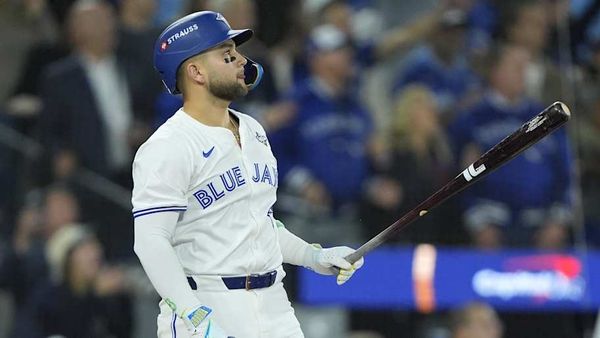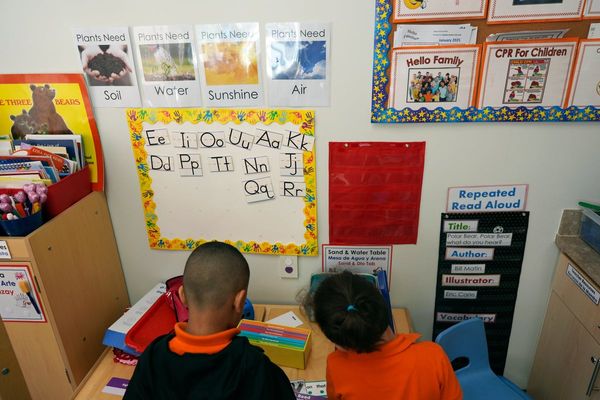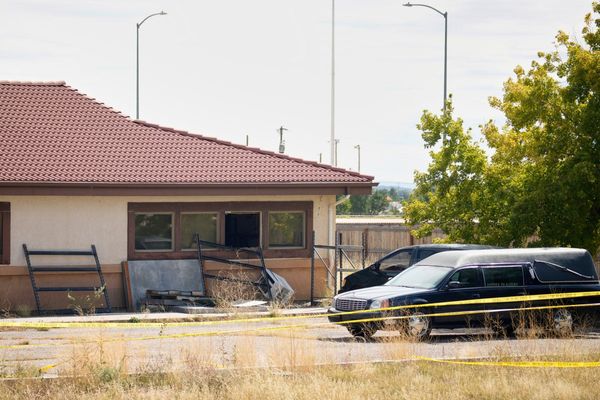
At least 60% of Australians eligible for a Covid booster have received one, according to new government data. However, an analysis of government figures by Guardian Australia shows the booster rate could be as low as 50% once new, expanded eligibility criteria are taken into account.
And, despite new record highs in daily vaccinations, the rollout is still lagging at least a month behind the “ideal” schedule. This is likely due to the continued expansion of eligibility criteria by federal and state governments.
Here is everything we know about the progress of the booster vaccination rollout.
Where is the booster rollout currently at, and are we prioritising older people?
Data from the health department, released in response to questions from Guardian Australia, shows 60% of eligible Australians aged 18 and over have received a booster, with the rate rising for those in older age groups:
The government has not been publishing booster numbers by age in its regular vaccination updates. Tracking the rollout of boosters in the older population is important as older people are more likely to die, or require treatment in an intensive care unit than younger people.
Questions have also been raised as to whether the booster rollout in aged care has been fast enough, with a large number of age care homes reporting fresh Covid outbreaks in the past week.
For their estimate, the federal government considered anyone over 18 who had received a second dose at least four months ago to be eligible for a booster. But last week New South Wales, South Australia, Victoria and the ACT cut the gap to three months, making millions more eligible overnight.
With the newer three month eligibility criteria in some states, Guardian Australia estimates that closer to 50% of the eligible population have had a booster shot so far.
The latest was the third change to booster eligibility, after the gap was reduced to five months at the beginning of December and again to four months from the beginning of January. The gap was set to drop again to three months from 31 January.
How fast has the booster rollout been going?
The drop to five months eligibility at the beginning of December and again in January led to significant increases in the number of boosters being administered. This is likely due to how many only got their second doses in the second half of 2021.
But the record numbers of vaccinations per day hasn’t been enough to close the gap between eligible and administered doses.
Another measure of rollout progress is the actual delay between when the equivalent number of booster and second doses were administered. Despite the official three and four month gaps for booster eligibility, Australia has only administered as many boosters as it had second doses five months ago.
The gap has been closing over time – down from six months in December. But at the current rate Australia won’t hit 80 or 90% booster coverage until the second half of the year.
How does Australia compare with other countries?
Israel and seven other countries have already given booster doses to more than 70% of those who have received two doses. Australia has given boosters to just over 30% of those who have received a second dose.
Several countries experiencing large outbreaks last year already reduced the dosing gap to three months. But experts then told Guardian Australia that this wasn’t necessarily advisable, as there is a tradeoff between longer lasting protection and a quick antibody hit.
“We do know from evidence from the first two doses that a longer interval between the first dose and second dose gives you higher antibodies, higher protection,” says Cyra Patel, a PhD candidate at the Australian National University.
Australia has since reduced the dosing interval several times, but it has yet to expand booster eligibility to those under 18 years old. Israel started administering the booster to 12-year-olds in August last year. The US expanded eligibility to 12 to 17-year-olds in early January.
Are booster appointments available?
More than half of all second doses were administered in the final four months of 2021, so many Australians are only newly eligible for boosters. But vaccine rollout was also expanded to the five to 11 age group in early December and 12-15 years in August.
This means that those looking for boosters are competing for vaccine slots with children who are newly eligible and trying to get their second or even first dose of a Covid vaccine.
Ken Tsang, who created a website to help find vaccine slots says there was a significant increase in traffic when the booster interval was first dropped to five months in December.
“This was pretty sustained throughout the Christmas and New Year period with fewer bookings being available due to the holiday period and demand for the five to 11 year group. This demand has come down a fair bit in recent weeks.”
Getting data on booster availability can be tricky due to the myriad systems, private and public for booking vaccines. Ken Tsang provided Guardian Australia with more than a month of availability data from his vaccine clinic finder.
It contains thousands of individual clinics from across the country, but is not comprehensive.
“Some clinics, especially state or territory-run clinics, require invitations, registration, logins and email verifications to access the booking system and see the booking slots. These are particularly challenging to get accurate and reliable availability information for,” Tsang says.
Analysis of the data shows a jump in early December in clinics that have no availability within the next week right after booster eligibility was expanded and five to 11-year-olds given provision approval. Since then the number of clinics with no availability for the next week has remained steady at around 80%.
The booster rate has increased and states have launched more walk-in centres, pop-up clinics and even vaccination programs at home. But the stability of vaccine slot availability suggests we may be at capacity for the clinics that Ken Tsang is tracking.
Notes and methods:
Estimated eligibility calculated by summing the total number of second doses administered six, five, four or three months previously.
Vaccines administered to five to 11 and 12-15 age groups have been removed from the analysis.
Seven-day rolling average of booster doses only shows doses to 18+ age group.
In order to get a sufficient backlog of second doses by state to calculate up to six months previously, a mixture of Air and non-Air second dose data were used.







